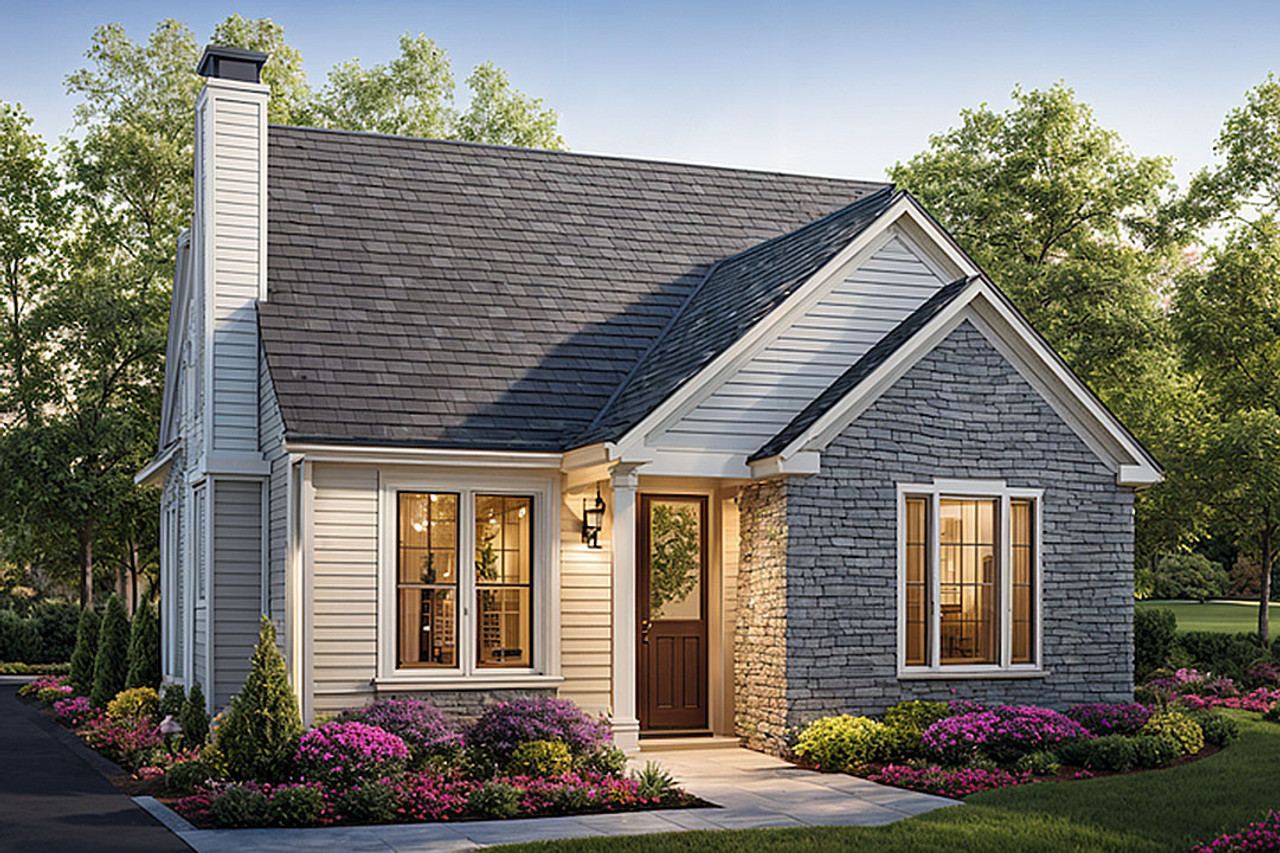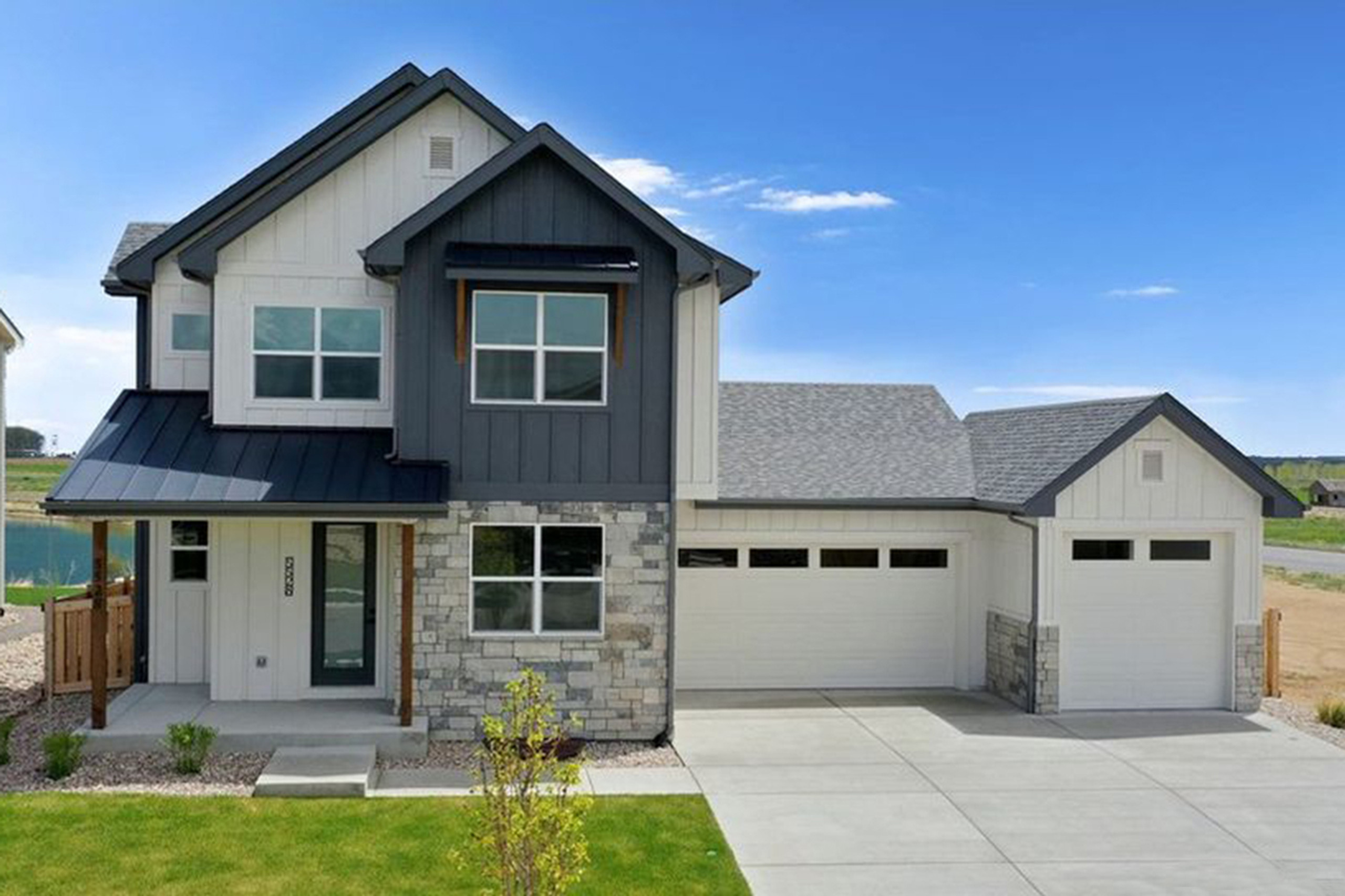Moving from Concept to Construction
In Part 1 of our ADU Investment Guide, we explored the different types of Accessory Dwelling Units, their associated costs, and their potential return on investment. Now that you understand the financial aspects of ADU investments, it's time to dive into the practical planning process.
This second installment focuses on navigating zoning regulations, designing for maximum value, financing your project, and avoiding common pitfalls. Let's explore how to transform your ADU investment from concept to reality.
ADU Zoning Laws: Navigating Regulations for Your Project
Before investing in an ADU, understanding local zoning and building regulations is crucial. These regulations can significantly impact design possibilities, construction costs, and ultimately your ROI.
Common ADU Zoning Restrictions to Check
HUD research indicates that zoning regulations for ADUs have been relaxing across many states, but significant variation exists. Before investing, you should:
- 1. Check local zoning laws: Some jurisdictions limit ADU size, height, or placement
- 2. Understand occupancy restrictions: Some areas restrict who can live in ADUs
- 3. Research parking requirements: Many localities require additional parking spaces
- 4. Confirm utility connection rules: Some jurisdictions require separate utility connections
ADU Permit Process: What to Expect
The permitting process for ADUs varies widely by location but typically includes:
- 1. Pre-application consultation: Meeting with planning officials to understand requirements
- 2. Plan submission: Providing detailed architectural and site plans
- 3. Plan review: Waiting period while plans are reviewed for compliance (2-8 weeks typically)
- 4. Permit issuance: Obtaining building permits after approval
- 5. Inspections: Multiple inspections during construction
Recent HUD data shows the national average time from initial application to permit approval is 4.5 months for detached ADUs and 3.2 months for conversion projects.
ADU-Friendly Cities and States in 2025
While regulations vary widely, several states and cities have become particularly ADU-friendly:
- California: Statewide legislation has significantly loosened ADU restrictions
- Oregon: Requires cities over 25,000 to allow at least one ADU per single-family home
- Washington: Many cities have reduced restrictions and streamlined permitting
- Colorado: Growing number of municipalities adopting ADU-friendly policies
- Massachusetts: Several cities offering incentives for affordable ADU development
These locations typically offer streamlined permitting, reduced fees, and more flexible development standards for ADUs.
Designing High-Value ADUs: Features That Maximize Returns
The NAHB has identified several design elements that maximize both rental potential and property value enhancement:
Must-Have ADU Design Elements for Higher Rental Rates
- 1. Privacy features: Separate entrances, sound insulation, and visual screening
- 2. Energy efficiency: High-efficiency systems can reduce operating costs
- 3. Natural light: Ample windows increase appeal to potential renters
- 4. Flexible spaces: Designs that can adapt to different uses over time
- 5. Storage solutions: Built-in storage maximizes livable space
- 6. Full kitchen: Complete cooking facilities significantly increase rental potential
- 7. Washer/dryer hookups: In-unit laundry capabilities command higher rents
- 8. Private outdoor space: Even a small patio or deck increases appeal
ADU Floor Plans: Space Efficiency Strategies
When designing an ADU with limited square footage, consider these space optimization strategies:
- 1. Multi-functional furniture: Beds that convert to seating, expandable tables
- 2. Vertical storage: Utilizing wall height for storage to maximize floor space
- 3. Open floor plans: Creating a sense of spaciousness through fewer interior walls
- 4. Built-ins: Custom-designed elements that maximize every square inch
- 5. Murphy beds: Beds that fold into walls to free up daytime living space
- 6. Pocket doors: Space-saving alternatives to swing doors
- 7. Skylights: Adding natural light without sacrificing wall space
- 8. Smart storage staircases: Incorporating drawers and cabinets into staircase design
Trending ADU Designs for 2025
The most popular ADU designs this year reflect changing lifestyle needs:
- 1. Home office ADUs: Designed with built-in workspaces and high-speed connectivity
- 2. Multi-generational suites: Features that accommodate aging parents with accessibility
- 3. Flex-use spaces: Designs that can transition between rental unit and family space
- 4. Indoor-outdoor integration: Maximizing limited space with outdoor living areas
- 5. Sustainability-focused units: Net-zero energy designs with solar integration
Financing Your ADU Project: Options for Homeowners
According to HUD financial analysis, homeowners have several options for financing ADU projects:
Best ADU Financing Methods Compared
- Home equity loans/lines of credit: Most common, using existing equity
- Typical interest rates: 5-8%
- Typical terms: 5-20 years
- Pros: Quick approval, flexible use of funds
- Cons: Uses home as collateral, may have variable rates
- Cash-out refinancing: May offer lower interest rates but resets your mortgage term
- Typical interest rates: 4-7%
- Typical terms: 15-30 years
- Pros: Often lowest interest rate option
- Cons: Restarts mortgage clock, high closing costs
- Construction loans: Short-term financing specifically for building projects
- Typical interest rates: 6-9%
- Typical terms: 6-18 months
- Pros: Designed specifically for construction projects
- Cons: Higher interest rates, short repayment periods
- ADU-specific loans: Emerging in some markets with high ADU demand
- Typical interest rates: 5-7%
- Typical terms: 15-30 years
- Pros: Tailored for ADU projects, may have beneficial terms
- Cons: Limited availability, specific qualification requirements
- Renovation loans (FHA 203k): Government-backed loans that combine purchase and renovation costs
- Typical interest rates: 4-6%
- Typical terms: 15-30 years
- Pros: Low down payment requirements, government backing
- Cons: More paperwork, limitations on project scope
Financing Tips for Maximum ROI
To optimize your ADU financing strategy:
- Compare total interest costs across different loan options, not just monthly payments
- Consider loan terms that align with your expected ownership horizon
- Explore local incentive programs that may offer grants or low-interest financing
- Don't overlook closing costs and fees when comparing options
- Consider future rental income in your debt-to-income calculations
Common ADU Investment Mistakes to Avoid
Our experience at The House Plan Company has shown that several common mistakes can undermine ADU returns:
Top 5 ADU Investment Pitfalls
- Underestimating costs: Always add a 15-20% contingency buffer to your budget
- Overbuilding for the neighborhood: Returns diminish when ADUs are significantly more luxurious than surrounding properties
- Neglecting insurance implications: Many homeowners fail to update insurance policies
- Tax oversight: Rental income and property value increases have tax implications
- Poor tenant screening: The wrong tenant can quickly erode profits
Costly Construction Mistakes in ADU Projects
Beyond investment planning, avoid these common construction-related issues:
- Inadequate foundations: Cutting corners on foundation work leads to costly repairs
- Poor waterproofing: Water damage is among the costliest issues to fix
- Insufficient insulation: Impacts energy efficiency and tenant comfort
- Undersized HVAC: Units that are too small for the space create comfort issues
- Cheap finishes: Low-quality materials require more frequent replacement
- DIY electrical work: Improper electrical installation creates safety hazards
Planning Your ADU Timeline: What to Expect
A realistic timeline helps manage expectations for your ADU project:
ADU Project Timeline Breakdown
- Research and planning: 1-3 months
- Researching regulations and financing options
- Gathering design ideas
- Setting budget parameters
- Design development: 1-2 months
- Working with designers
- Finalizing plans
- Making material selections
- Permitting: 2-6 months
- Preparing and submitting applications
- Responding to review comments
- Waiting for approvals
- Construction: 3-9 months
- Site preparation
- Foundation work
- Framing and enclosure
- Mechanical systems
- Interior finishes
- Final approvals and occupancy: 2-4 weeks
- Final inspections
- Certificate of occupancy
- Tenant selection (if renting)
Total timeline: Typically 7-20 months from concept to completion
Is an ADU Right for Your Property? Assessment Worksheet
Consider these key questions before proceeding:
ADU Suitability Checklist
- Does your property have adequate space for an ADU?
- What type of ADU would best suit your property's layout?
- What are your primary goals? (Rental income, family housing, future needs)
- What is your budget range?
- How long do you plan to own the property?
- What is the rental market like in your area?
- Are there particular zoning restrictions to consider?
- How will an ADU impact your day-to-day life on the property?
Making an Informed ADU Investment Decision
An ADU represents one of the most significant opportunities for homeowners to increase property utility, address housing needs, and potentially generate substantial returns. By understanding the complete financial picture, planning carefully, and designing strategically, you can maximize both the financial and lifestyle benefits of your ADU investment.
Remember that successful ADU projects begin with careful planning and realistic expectations. The data from NAHB and HUD provides valuable benchmarks, but your specific circumstances will ultimately determine your ADU's performance as an investment.
Ready to explore how an ADU could work for your property? Contact our team today for a personalized consultation!
This article uses data from the National Association of Home Builders' Cost vs. Value Report and the U.S. Department of Housing and Urban Development's ADU Research Initiative. Costs and returns may vary based on location, market conditions, and specific project parameters.



